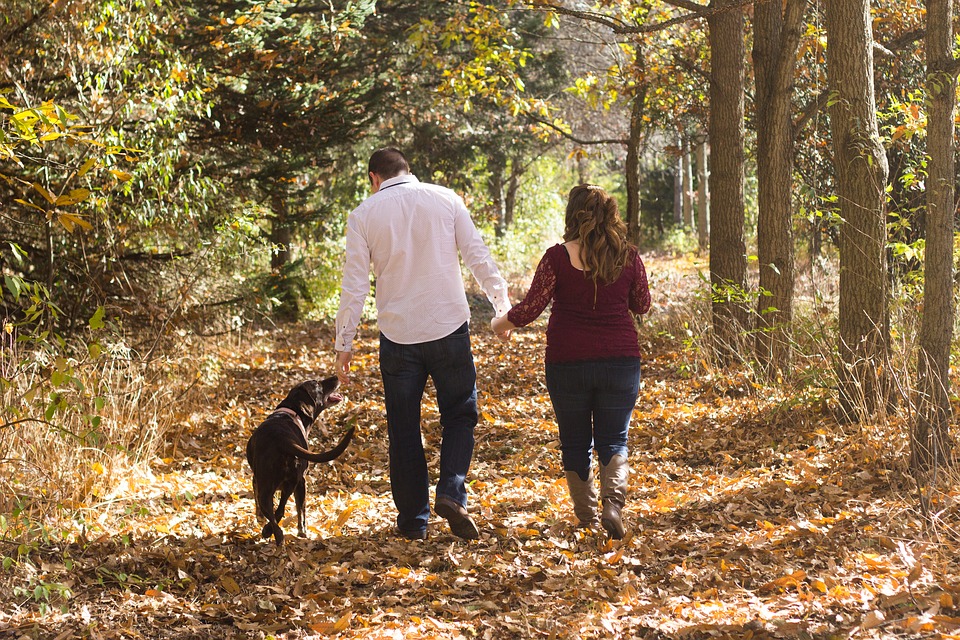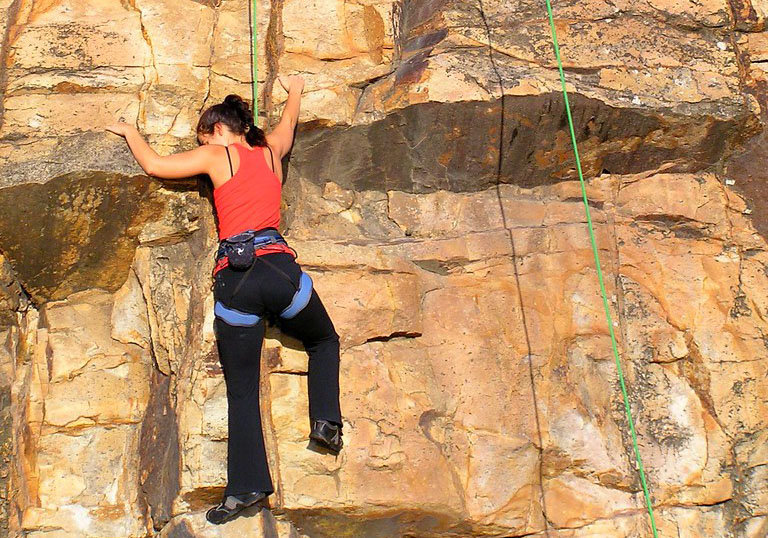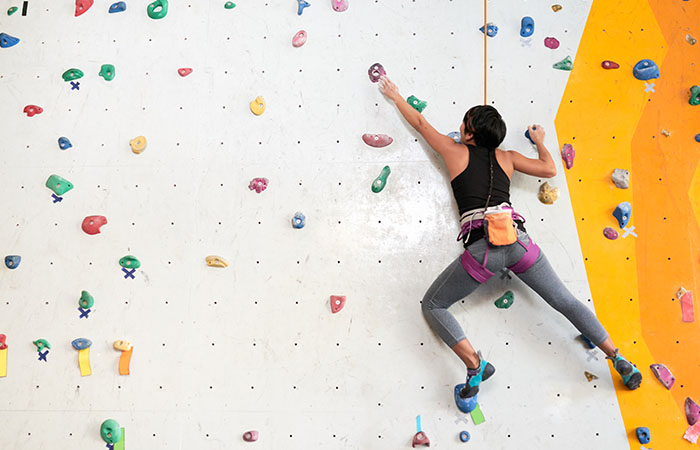
Spending time outdoors in nature increases your emotional and psychological well-being. The beneficial effects of enjoying nature and fresh air are so good for your mental health that it is being prescribed by mental health practitioners and clinicians as a positive therapeutic tool.
While fresh air and exercise is no replacement for therapy or medical intervention, numerous studies have shown that being one with nature and the elements simply makes us feel better. The positive effects of a single exposure to nature – for example, a walk, a run or a stint in the garden – can last for seven hours after an individual has experienced it! It is also very enjoyable.
Walking away those blues!
Walking is one of the best ways to change your mood from blue to better. And feeling better is a great starting point! Studies of regular walkers have shown increased brain function, increased stamina and a flow of the good feeling hormones, serotonin and melatonin that also boosts your endorphins. Endorphins are a neurochemical that boosts your mental health, decreases your sensitivity to stress and pain, and can even make you feel euphoric or in an improved mood. A study in the Lancet medical journal found that people who exercised on a regular basis (including easy and gentle walking) had less self-reported “bad” mental health days, compared to people who didn’t exercise at all. Walking gets the blood flowing, the heart rate increasing and helps to de-stress in times of trouble. In older people, staying active by gentle walking can improve cognitive function, memory, attention and processing speed, and reduce the risk of cognitive decline and dementia.
We can presume that this is true too for the younger walker too. Walking is free and on your doorstep. Choose a pretty part of the world to walk your worries away. Luckily, Ireland is abundant in great parks, beaches, woods or mountain trails within easy access. Ask a friend to join you in making full use of these amenities and in walking your way to feeling happier. And of course all walking will help you to get physically healthier too, so it’s a win-win plan. Invest in some good walking shoes and suitable wet gear so that the positivity is not reduced by soggy weather or blistered toes.
The sea, Oh the sea!

To be beside the sea is a boost to your mood.
A study carried out by the Economic and Social Research Institute (ESRI), found that those living along the sea coast were shown to have a lower risk of depression. This was attributed to greater physical activity and social interaction associated with the area but it also concluded that those lucky enough to have regular sea views were deemed to be at the lowest risk of suffering depression. For some people, it is not enough just to view the waves. They want to jump right in. Wild swimming has become one of Ireland’s most popular outdoor activities. Wild swimming groups and clubs are meeting all over the country at sea piers and mountain lakes to take the plunge together. Wild swimming often means diving into freezing water in isolated spots and can be described as absolute madness by those with a less adventurous spirit. However, there is a scientific basis, as well as a level of craziness, to diving in cold water.
A group of Berlin researchers observed a wild swimming group who regularly swam in ice-cold water during the winter. They discovered “a drastic decrease in plasma uric acid concentration” amid participants, both during and after cold water exposure. This resulted in an increased tolerance to stress, according to the findings. Cold water swimmers have also reported improved immune system, better circulation and increased libido, but the emotional benefits are reportedly amazing as pain of plunging into bitterly cold water is rewarded with a tsunami of endorphins. Being immersed in cold water for 15 minutes decreases the heart rate by almost 10%, reducing blood pressure and leading to a calming effect. After that you feel uplifted and happy.
Climbing the Walls!

It’s a daunting activity. It takes courage and a certain degree of skill. Rock climbing is a fast growing sport in Ireland and it is absolutely brilliant for your overall mental health. In the same way as any mindful activity slows down the chattering brain and focuses the mind on the important job in hand, rock climbing is a positive learning experience. It teaches patience while strengthening your mind body co-ordination and it puts life in perspective. Perhaps hanging off a craggy rock on a Saturday afternoon will do that! There are lots of indoor wall climbing facilities to begin your journey, or you might consider joining a club.
In 2017, a research study assessed 40 participants on the mental health benefits of rock climbing. Half the group participated in a single two-and-a-half hour indoor sport climbing session and the other half had a relaxation therapy session. Immediately after the activities, the researchers measured positive and negative effects, using depression and coping with emotions indexes. The results indicated that the climbing group reaped more significant benefits in terms of regulations of emotions and feel good factors, when compared to the second group. The benefits of climbing are so documented and practiced that it now has its own name. Boulder therapy. Call it whatever you like, there is no doubt that literally climbing the walls brings its own healthy feelings and is uplifting on all fronts.
There is no doubt that nature, fresh air and time spent out of doors gives our mental health a positive boost. It is free and it can be a social or a solitary experience. Given all these findings and a dose of nature might indeed be what the doctor ordered.
Useful Resources:
http://outdoorswimming.ie/
https://www.countryliving.com/uk/wellbeing/news/a180/mental-health-benefits-nature-outdoors-study/
https://www.independent.ie/life/health-wellbeing/mental-health/elderly-with-sea-view-at-lower-risk-of-depression-37614722.html

